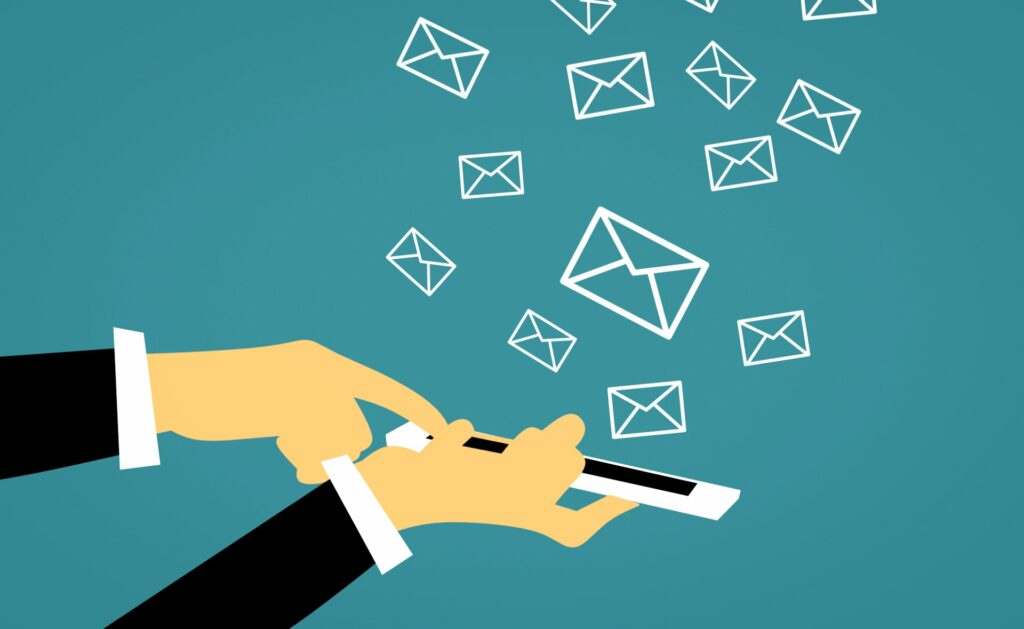
Starting with email marketing can feel a bit overwhelming, but it doesn’t have to be. With the right steps, you can build a powerful tool for connecting with your audience. Let’s break down the process in a way that’s easy to follow.
Why Email Marketing is Important
Email marketing is like having a direct line to your customers. Think of it as sending a personalized message straight to their inboxes. Unlike social media, where posts can get lost in the feed, emails land right in front of your audience, making it a sure way to get noticed.
Step 1: Choose Your Email Marketing Platform
The first step is to select an email marketing service. There are lots of options available, like Mailchimp, Constant Contact, or GetResponse. Each platform has its own features like templates, analytics, and audience management. Pick one that fits your needs and is easy to use.
Step 2: Build Your Email List
Next, it’s time to gather email addresses. Start by creating signup forms on your website or social media. Offer something valuable in return, like a discount, a free guide, or exclusive content. This way, people get something in exchange for their email, making them more likely to join your list.
Step 3: Segment Your Audience
Not all your subscribers are the same. Some may want to know about sales, while others are interested in tips and tricks. Segment your audience based on their interests or behaviors. By sending targeted emails, you increase the chances of your messages being opened and engaged with.
Step 4: Craft Engaging Content
Now comes the fun part—writing your emails! Keep your content clear and engaging. Use a catchy subject line to grab attention. Inside, get to the point quickly, and make it personal. Use images and bullet points to make it easy to read. Aim to create a conversation, not just a sales pitch.
Step 5: Schedule Your Emails
Timing is everything. Decide how often you want to send emails—weekly, bi-weekly, or monthly. Consistency helps keep your audience engaged. Use the scheduling feature in your email platform to set your emails to go out at the best times.
Step 6: Analyze Your Results
After sending your emails, take a look at the analytics. Check open rates, click-through rates, and unsubscribe rates. This data shows you what works and what doesn’t. Use it to tweak your future emails for better results.
Step 7: Keep Learning and Improving
Email marketing isn’t a one-and-done deal. Keep exploring new strategies and tips. Join forums, read blogs, or take online courses. The more you learn, the better your email campaigns will become.
Conclusion
Getting started with email marketing doesn’t have to be a daunting task. By following these points, you can build meaningful connections with your audience and grow your business. Remember, it’s about starting small and improving over time. By constantly improving and learning new things you will be able to do more and more. So, there is nothing to overthink and start today with small steps!